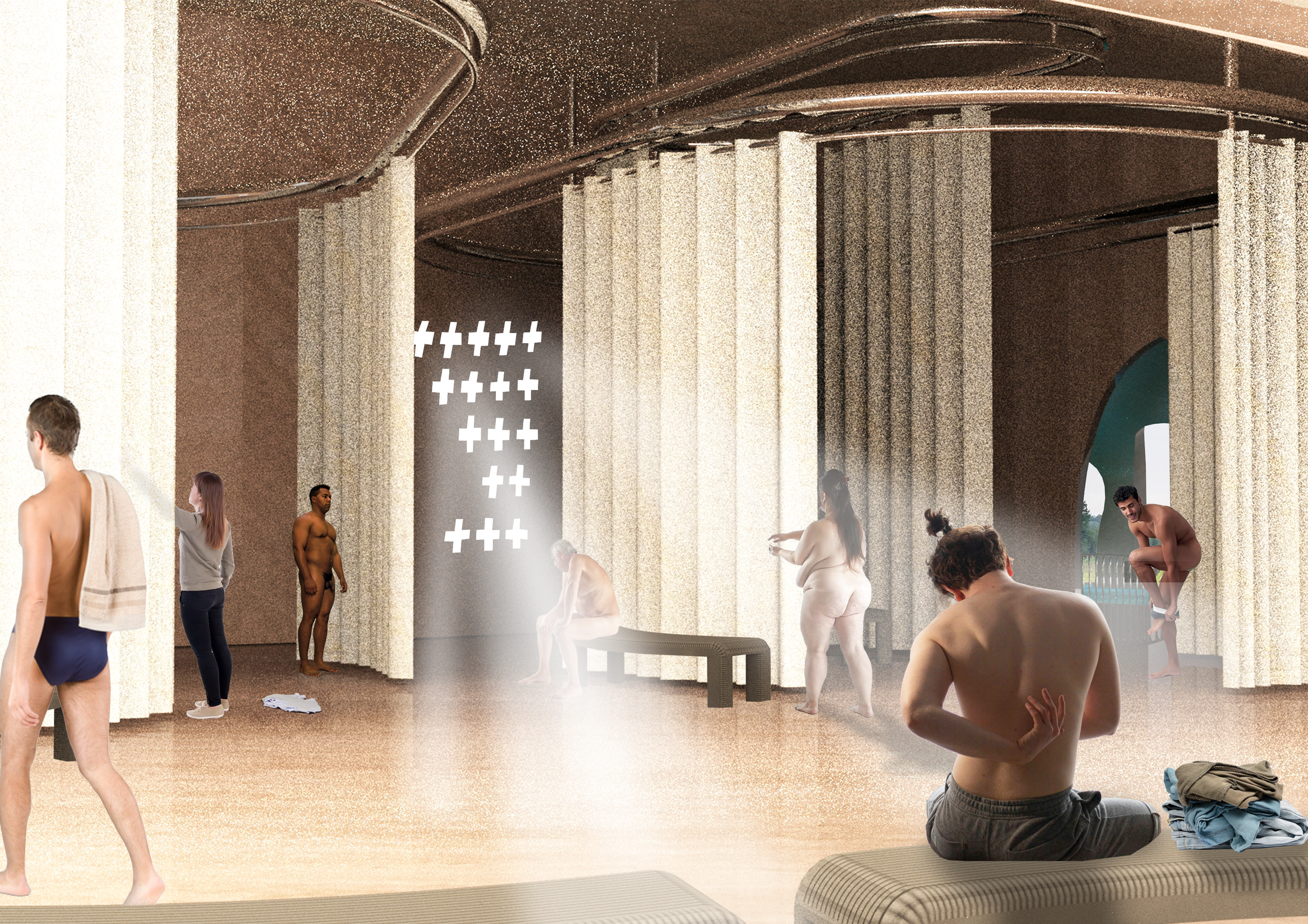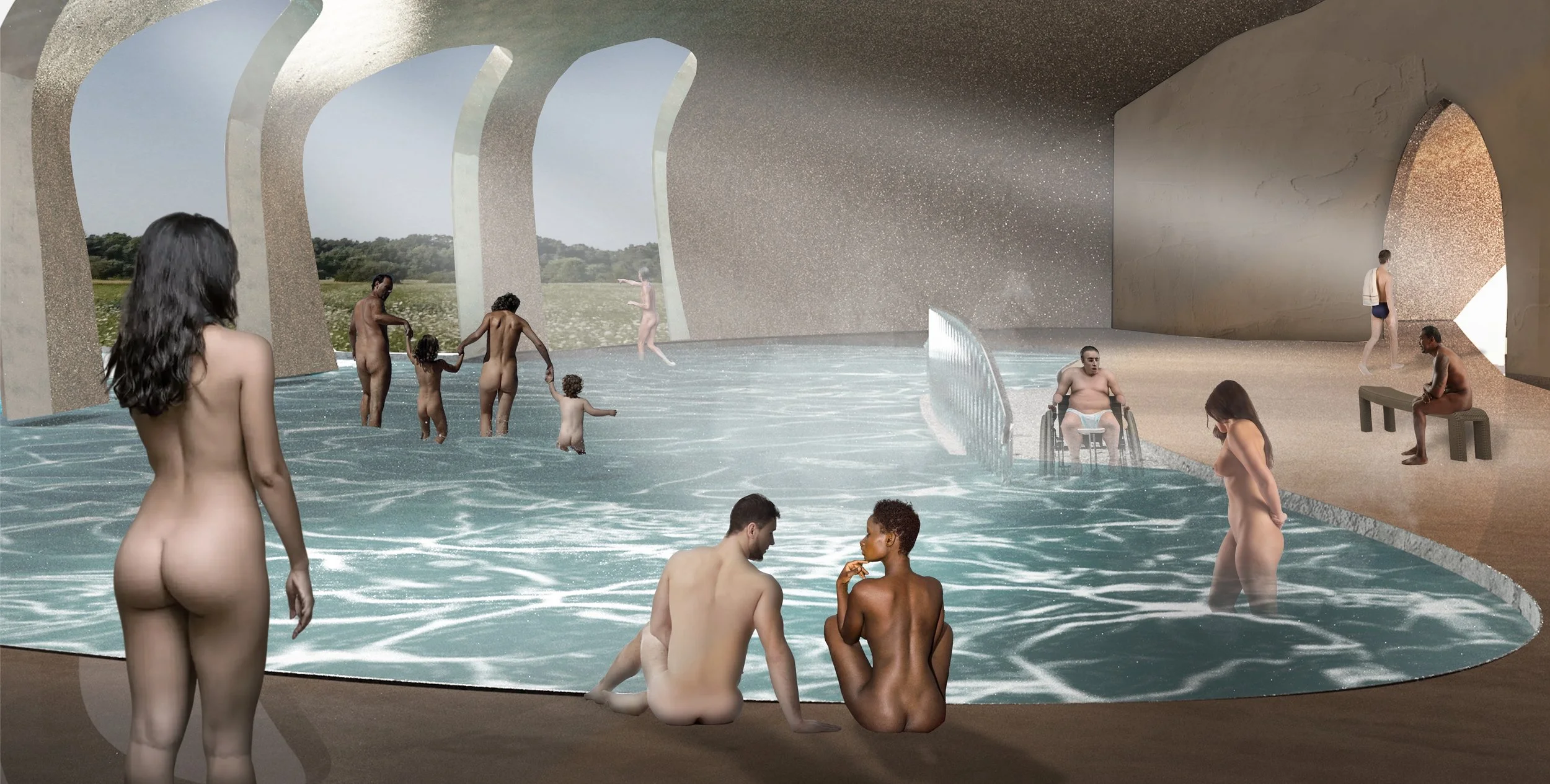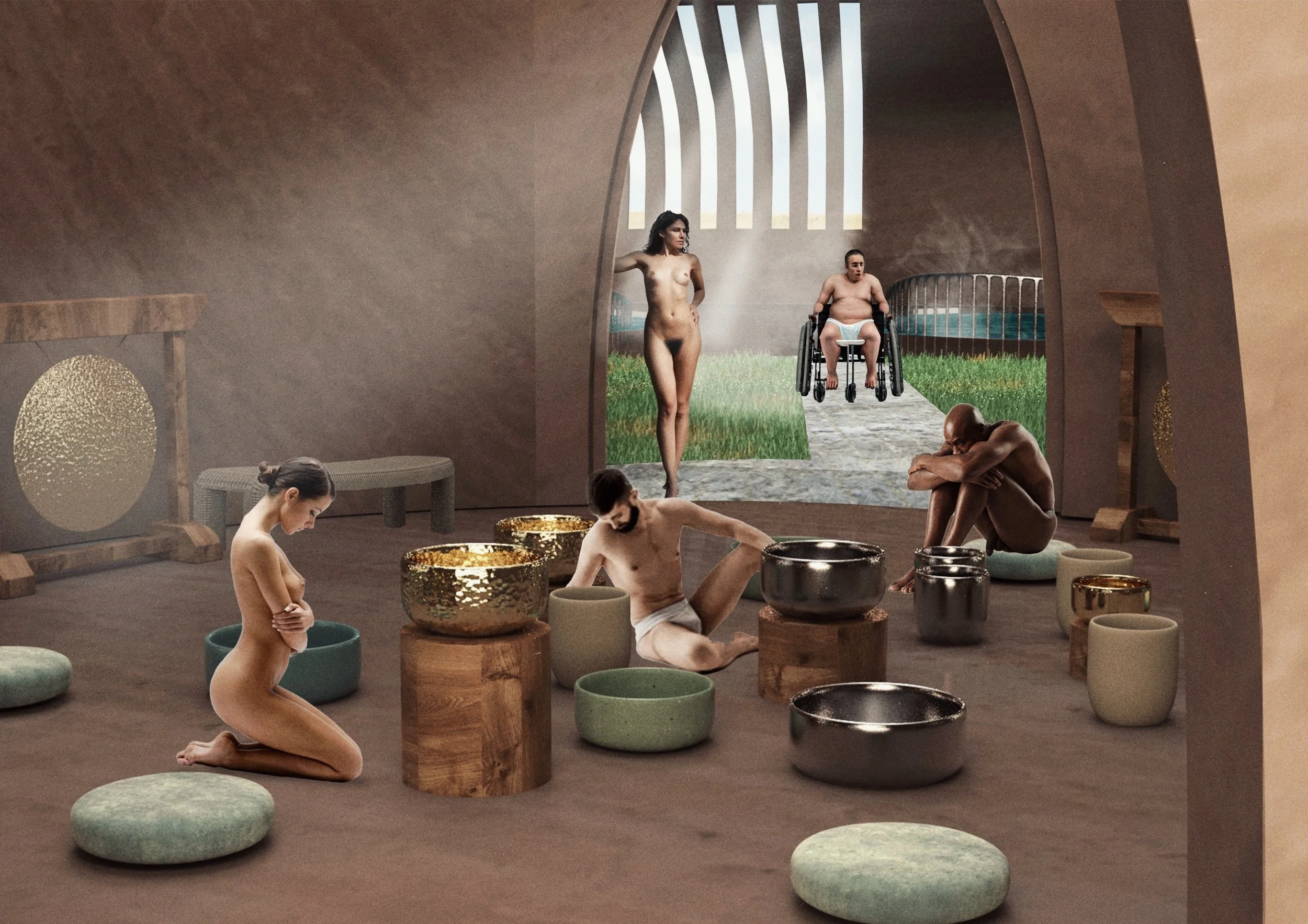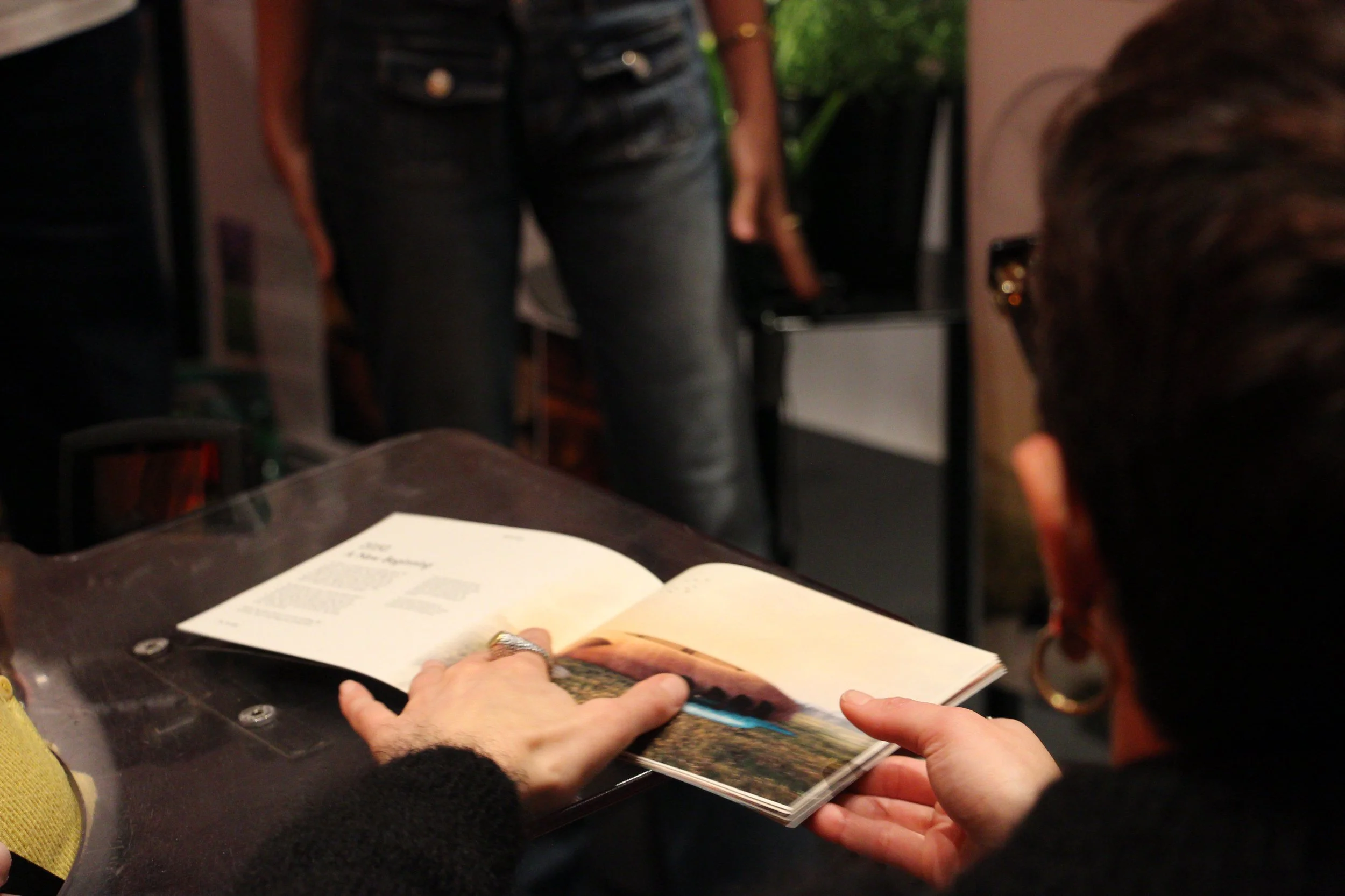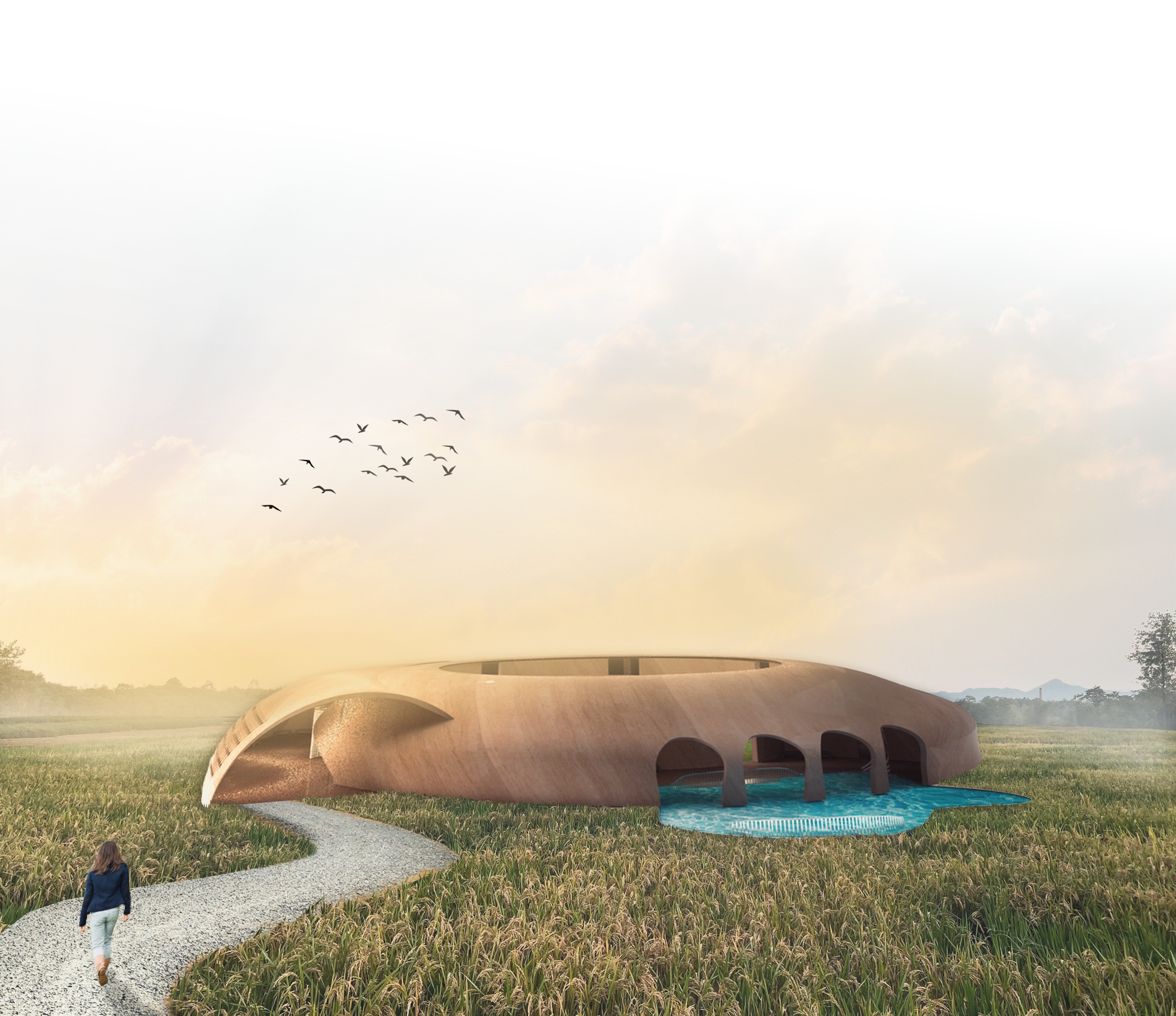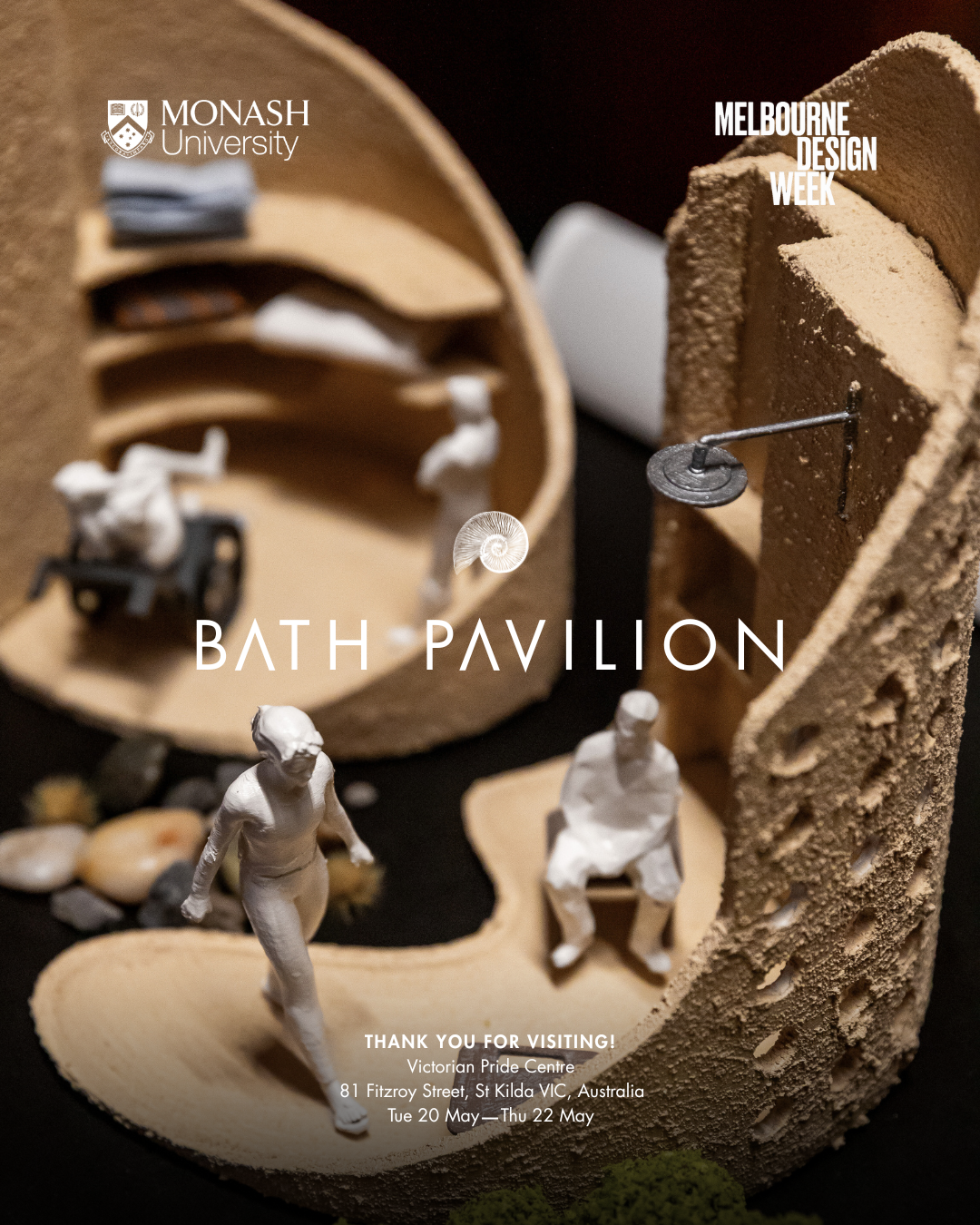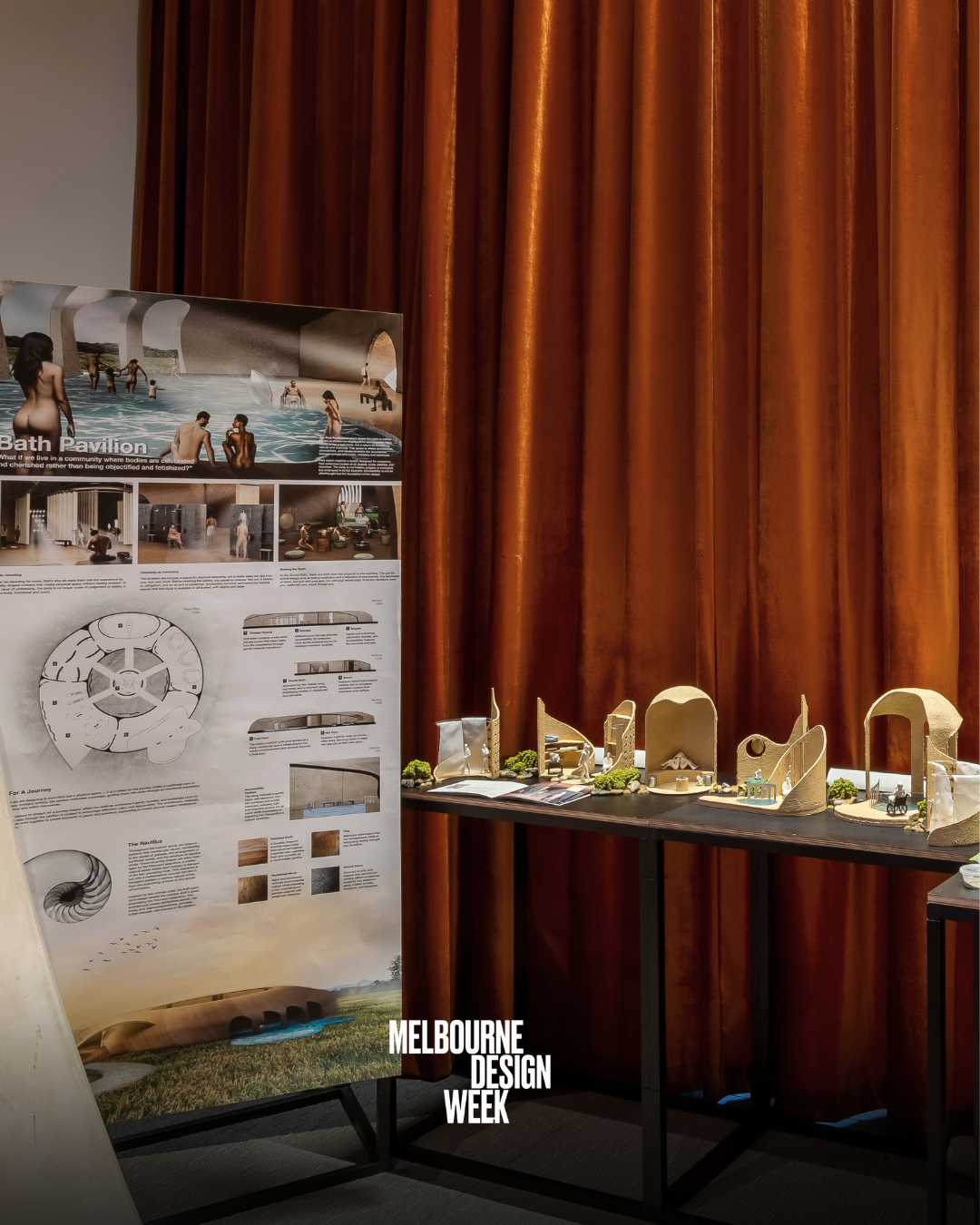
How the Bath Pavilion Reimagines Bodies and Wellness in Public Spaces
The Bath Pavilion is a place where the body is neither hidden in shame nor displayed for consumption. Here, nudity is not a spectacle, but a return to something natural and essential. This space is where architecture, atmosphere, and rituals crumble the boundaries between private and public, modesty and openness. This vision inspires a space designed for everyone, that welcomes bodies of all shapes, sizes, abilities, and identities. The body is not hidden, judged, or excluded, but embraced in its full diversity. Accessibility is not an afterthought but the foundation of the design.
The Bath Pavilion is inspired by the shape of a nautilus shell, which offers both protection and a sense of calm. Its spiral form creates a slow, gentle journey inward, guiding people through different spaces like change rooms, resting areas, and bathing zones. Built from rammed earth and clay, the structure feels grounding and warm, connecting people to the land while naturally regulating temperature.
Based on a script made by theatre-maker Jess Kapuscinski-Evans, The Bath Pavilion takes place in a post-apocalyptic year of 2050 where society needs to start over, The Bath Pavilion frames the idea of rebirthing the practice of wellness into something social.
Co-Designers:
Lexie Millership
Chelsey Deldio
Jedd Li
The Bath Pavilion is designed as a nautilus-shaped sanctuary, where the architecture itself guides a cyclical journey of bodily and spiritual regeneration. The spiral begins at the changerooms, draped with semi-transparent curtains to gently ease visitors into nudity, setting a tone of comfort and trust. From there, the path flows through accessible storage areas designed with multiple heights to accommodate bodies of all abilities, ensuring inclusivity is central to the experience. Visitors then move into accessible showers, followed by a sauna and small hot pools, each space encouraging relaxation, reflection, and reconnection with oneself.
The spiral continues toward the grand cold pool, a central social hub that is both partially indoors and open to the outdoors, promoting communal interaction and shared experience. At the heart of the nautilus lies the central courtyard, home to a sound bath pavilion with gongs and Tibetan singing bowls for spiritual cleansing. The journey loops back to the changerooms, completing a full circuit that mirrors the shape of the nautilus—a visual and spatial metaphor for cycles of renewal, personal transformation, and connection to others within this post-apocalyptic society.
The Bath Pavilion was featured at Melbourne Design Week with a conceptual installation that captured the project’s architectural vision. At the heart of the showcase was an abstract maquette, with each sculptural form representing a distinct room and the spatial journey between them. Accompanied by a curated booklet of conceptual narratives and technical drawings, the installation provided visitors with an in-depth understanding of the Pavilion’s design. Together, these elements framed the Bath Pavilion as both an exploration of spatial composition and a study in immersive storytelling.
